Finding the perfect spot for your home involves more than just great views and good schools. If your property isn’t connected to a municipal sewer, choosing where to place your septic system is one of the most critical decisions you’ll make. In King and Snohomish Counties, where environmental protection is paramount, proper site selection isn’t just a suggestion—it’s the law. A well-placed system will function safely for decades, while a poorly-sited one can lead to costly failures and environmental damage.
Why Site Selection Matters
The location of your septic system has significant long-term consequences. Getting it right from the start protects your investment, your health, and the local environment.
- Environmental Impact: A septic system’s job is to treat wastewater before it re-enters the groundwater. If placed in unsuitable soil or too close to a well or stream, it can contaminate drinking water and harm local ecosystems like the Puget Sound watershed.
- Long-Term System Performance: The right location ensures your system can effectively absorb and treat effluent for years to come. Poor placement on a steep slope or in dense, clay-like soil can lead to premature failure, backups, and expensive repairs.
- Legal & Regulatory Implications: Both King and Snohomish Counties have strict health codes governing septic installations. Failing to comply can result in fines, legal action, and being required to replace the entire system at your own expense.
Key Factors That Determine Ideal Septic Placement
A professional septic designer evaluates several critical factors to find the optimal location on your property.
Soil Permeability and Percolation
Soil is the final filter for your wastewater. Its ability to absorb water at the right speed—known as permeability or the percolation rate—is the most important factor.
- Too fast: Sandy or gravelly soils may not hold wastewater long enough for microbes to break down contaminants.
- Too slow: Heavy clay soils can become saturated, causing untreated sewage to pool on the surface or back up into your home. 🤢 A “perc test” measures this rate to ensure the soil is suitable for a drainfield.
Slope and Drainage Direction
The slope of the land dictates where water will flow. Your drainfield needs to be on a relatively gentle slope and positioned so that effluent flows away from your house, drinking water wells, and any surface water bodies. A site that is too steep can cause effluent to surface at the bottom of the slope, while a completely flat, low-lying area might collect water and flood the drainfield.
Distance from Wells and Water Sources
To prevent contamination, health codes mandate minimum distances, or setbacks, between your septic system and sensitive areas. This includes keeping the system a safe distance away from:
- Your well and your neighbors’ wells
- Lakes, rivers, and streams
- Wetlands and springs
- Property lines and building foundations
Accessibility for Future Maintenance
Your septic system requires regular maintenance. The septic tank needs to be pumped every 3-5 years, so a large truck must have a clear, stable path to access the tank lids. The drainfield area should also be kept clear of structures, driveways, and heavy equipment to avoid costly damage.
King County & Snohomish County Septic Codes
Navigating local regulations is essential. While the specific rules can be complex, they generally focus on a few key areas.
Setback Requirements
Both counties have non-negotiable setback distances to protect public health. For example, a system typically must be at least 100 feet from wells and surface water, 10 feet from property lines, and 5 feet from buildings. These are minimums, and a site evaluation may require even greater distances.
Wetland and Buffer Zone Considerations
The Pacific Northwest is rich with wetlands, which are critically sensitive and legally protected. Septic systems cannot be installed within a wetland or its designated buffer zone. A professional is often required to delineate these areas on your property before any design work can begin.
Minimum Lot Size Regulations
To ensure there is enough suitable land, counties often have regulations regarding the minimum lot size required for a septic system. This is to guarantee enough space for the primary system and a designated reserve area.
Pre-Installation Evaluations
Before a permit is ever issued, a thorough professional evaluation must be completed.
Site Visits and Topographical Review
A septic designer will walk your property to assess its physical characteristics. They’ll analyze the topography, identify potential drainage pathways, note existing structures, and get a feel for the overall landscape.
Soil Log and Hydrogeology Study
This is the most intensive part of the evaluation. A designer or soil scientist will dig several deep test pits to create a soil log—a detailed profile of the soil layers. This helps determine the soil type, depth, and, most importantly, the location of the seasonal high water table. This data is far more comprehensive than a simple perc test.
Wet Season Testing Considerations
Because our region sees significant rainfall, King and Snohomish County Health Departments require that soil and water table evaluations be performed during the wet season (typically winter and early spring). This ensures the design is based on the “worst-case scenario,” guaranteeing the system will function properly even when the ground is saturated.
Mistakes to Avoid
When planning your septic system, steer clear of these common and costly errors.
Overlooking Reserve Area Needs
Local codes require you to set aside a 100% reserve area. This is an approved location, equal in size to your primary drainfield, that must be kept clear in case the original system fails. Forgetting to protect this area can severely limit future additions, outbuildings, or landscaping on your property.
Building Too Close to Natural Water Sources
Even if it looks like the perfect spot, placing any part of your system too close to a stream, lake, or wetland is a serious violation. Always respect the required setback distances to avoid fines and environmental harm.
Ignoring Access Needs for Pumping Trucks
Don’t plant an expensive garden or build a deck over your septic tank lids! Pumping trucks are heavy and need a clear, solid path. Planning for this access from the beginning will save you major headaches down the road.
Final Thoughts
Choosing the right site for a septic system in King or Snohomish County is a complex puzzle involving soil science, hydrology, and intricate local codes. It’s not a DIY project or a decision to be taken lightly.
The best way to protect your investment and ensure a safe, effective system is by working with an experienced local septic designer. A professional will navigate the regulations, perform the necessary scientific evaluations, and design a system that is perfectly suited to your property’s unique conditions, ensuring compliance and peace of mind for years to come.

